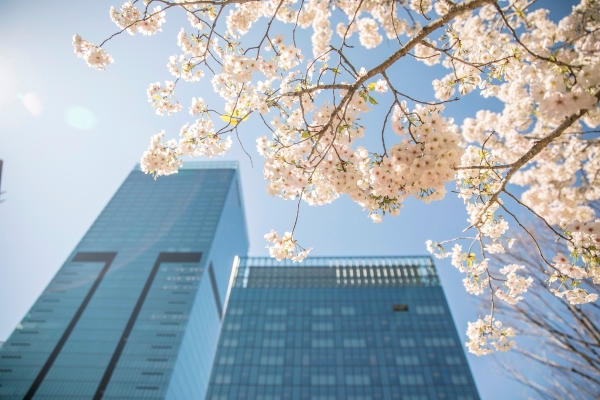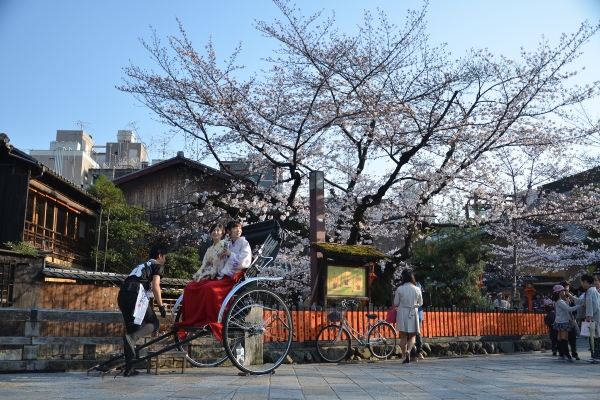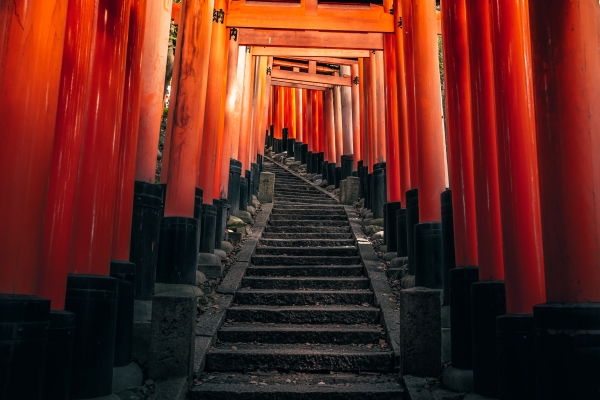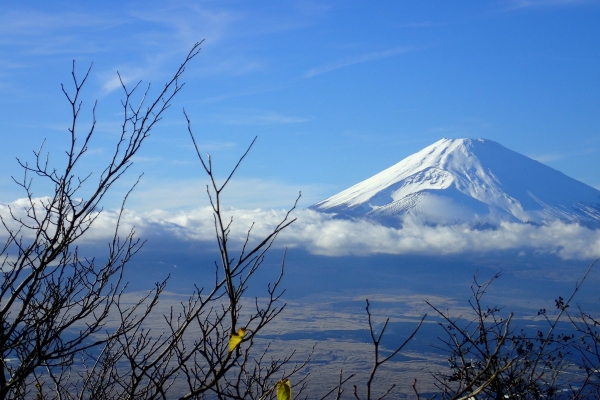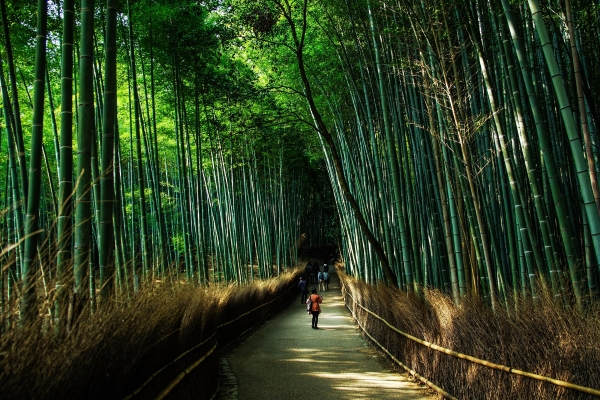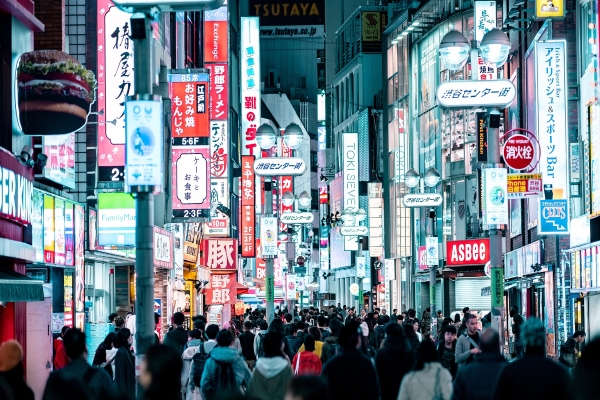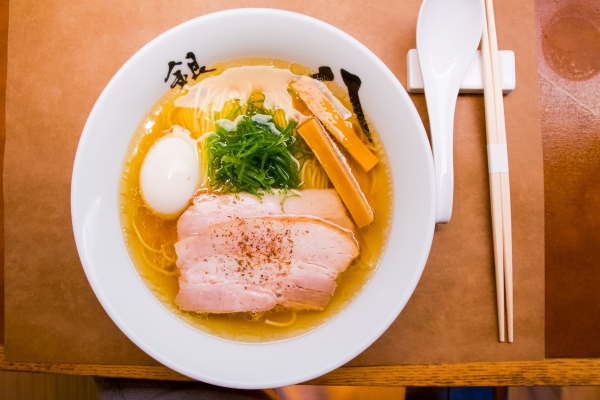7D5N CENTRAL JAPAN RAIL ADVENTURE
Central Japan, also known as the Chubu region, is a diverse and beautiful region located in the central part of Honshu, the main island of Japan. The region is bordered by the Kanto region to the east and the Kansai region to the west. The Chubu region consists of nine prefectures: Aichi, Fukui, Gifu, Ishikawa, Nagano, Niigata, Shizuoka, Toyama, and Yamanashi. It is known for its stunning natural scenery, including the Japanese Alps, Mount Fuji, and several national parks. The region also has a rich cultural history, with many historic cities and towns that showcase traditional Japanese architecture and cultural practices. The Chubu region is also famous for its cuisine, which includes dishes like miso katsu, a pork cutlet served with miso sauce, and Hida beef, a type of wagyu beef that is raised in the Hida region. Overall, Central Japan is a region of Japan that offers visitors a unique blend of natural beauty, cultural history, and modern development.
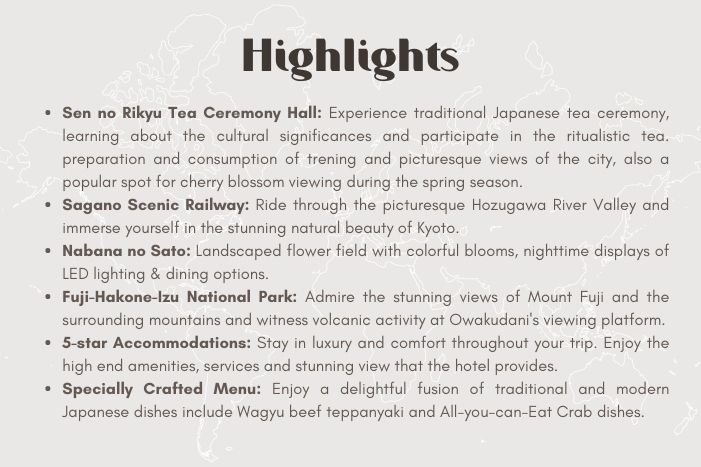
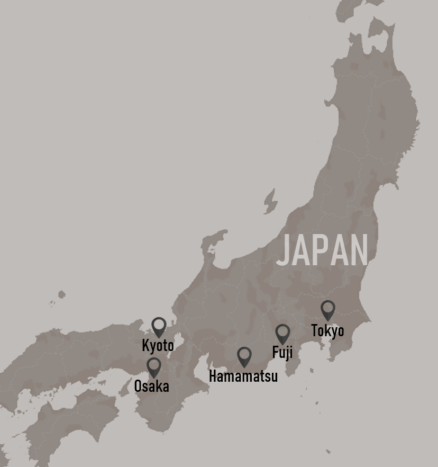
Itinerary:
Day 01: Singapore-Osaka
Assemble at Singapore Changi Airport for your flight to Osaka.
Day 02: Osaka
Start your day with a traditional tea ceremony at Sen no Rikyu Tea Ceremony Hall, and learn about its importance in Japanese culture. Then, head to Osaka Castle Park, where you can explore the castle and enjoy stunning views of the city. End your day in the bustling districts of Shinsaibashi and Dotonbori, where you can shop for souvenirs and indulge in local cuisine. Don't forget to capture the iconic Dotonbori Canal with its vibrant billboards.
![]() Swissotel Nankai Osaka or similar class
Swissotel Nankai Osaka or similar class
Day 3: Osaka-Kyoto
Embark on a journey through Kyoto with us, starting at the Kiyomizu-dera Temple, known for its history and breath-taking views. Hop aboard the Sagano Scenic Railway at Torokko Kameoka Station and enjoy a picturesque ride through the Hozugawa River Valley. Next, we will visit the famous Togetsukyo Bridge in the Arashiyama district, surrounded by popular attractions such as the Arashiyama Bamboo Grove and Tenryu-ji Temple. Followed by a ride on the Randen, where you can explore more of Kyoto's beauty and history. Next take a walk on Hanamikoji-dori, a street known for its traditional architecture and its role as one of the centers of traditional Japanese culture in Kyoto.
![]() Fauchon Hotel Kyoto or similar class
Fauchon Hotel Kyoto or similar class
Day 4: Kyoto- Nagoya – Hamamatsu
Embark on a luxurious tour starting at the breath-taking Nabana no Sato, where you'll be surrounded by a wide variety of flowers, including tulips, roses, and cherry blossoms, as well as traditional Japanese gardens and a large greenhouse. After enjoying the scenery, head over to the hot spring spa or try out some amusement park rides. Continue your journey to the Toyota Automobile Museum, where you can explore the evolution of the automotive industry by admiring some of the most influential vehicles of the past century. Finally, relax at Hisaya Odori Park, where you can enjoy a leisurely stroll along the walking paths, fountains, and a stunning rose garden. Don't miss the cherry blossoms in full bloom during springtime!
![]() Okura Act City Hotel Hamamatsu or similar class
Okura Act City Hotel Hamamatsu or similar class
Day 5: Hamamatsu- Shizuoka – Fuji
The tour starts with a visit to the historic Horai Bridge, a wooden arch bridge that connects Kuroe and Kano neighbourhoods and symbolizes Japan's rich cultural heritage. Next, hop on the Oigawa Railway Ride, also known as the Oigawa Steam Railway, which offers scenic views of the lush forests and rushing rivers along the Oi River. Experience the thrill of riding on a steam locomotive as you learn about the area's history and culture. Soak yourself in a Hot Spring resort at Fuji Area.
![]() Fuji Marriott Hotel Lake Yamanaka or similar class
Fuji Marriott Hotel Lake Yamanaka or similar class
Day 6: Fuji-Hakone-Tokyo
Embark on a thrilling tour of Fuji-Hakone-Izu National Park, spanning over four prefectures and offering a diverse range of activities throughout the year. Hop on the Hakone Tozan Railway, winding through picturesque mountains from Gora to Hakone-Yumoto. Gaze at the awe-inspiring views of the area as you make your way to the next stop.
![]() The Okura Tokyo or similar class
The Okura Tokyo or similar class
Day 7: Tokyo - Singapore
After breakfast, visit the Asakusa Temple, an ancient temple famous for its stunning architecture and Nakamise shopping street. Then, experience the cutting-edge design and innovation on display at the 21_21 Design Sight, founded by Issey Miyake, Tadao Ando, and Kazuko Koike. Next, explore Tokyo Midtown, a world-class development with top shopping, dining, and entertainment options. Stroll through the Hinokicho Park and enjoy Tokyo's urban landscape. Heading to Narita or Haneda Airport for your flight back home.


This itinerary and its package inclusions might be changed later in time, subject to availability.



